-
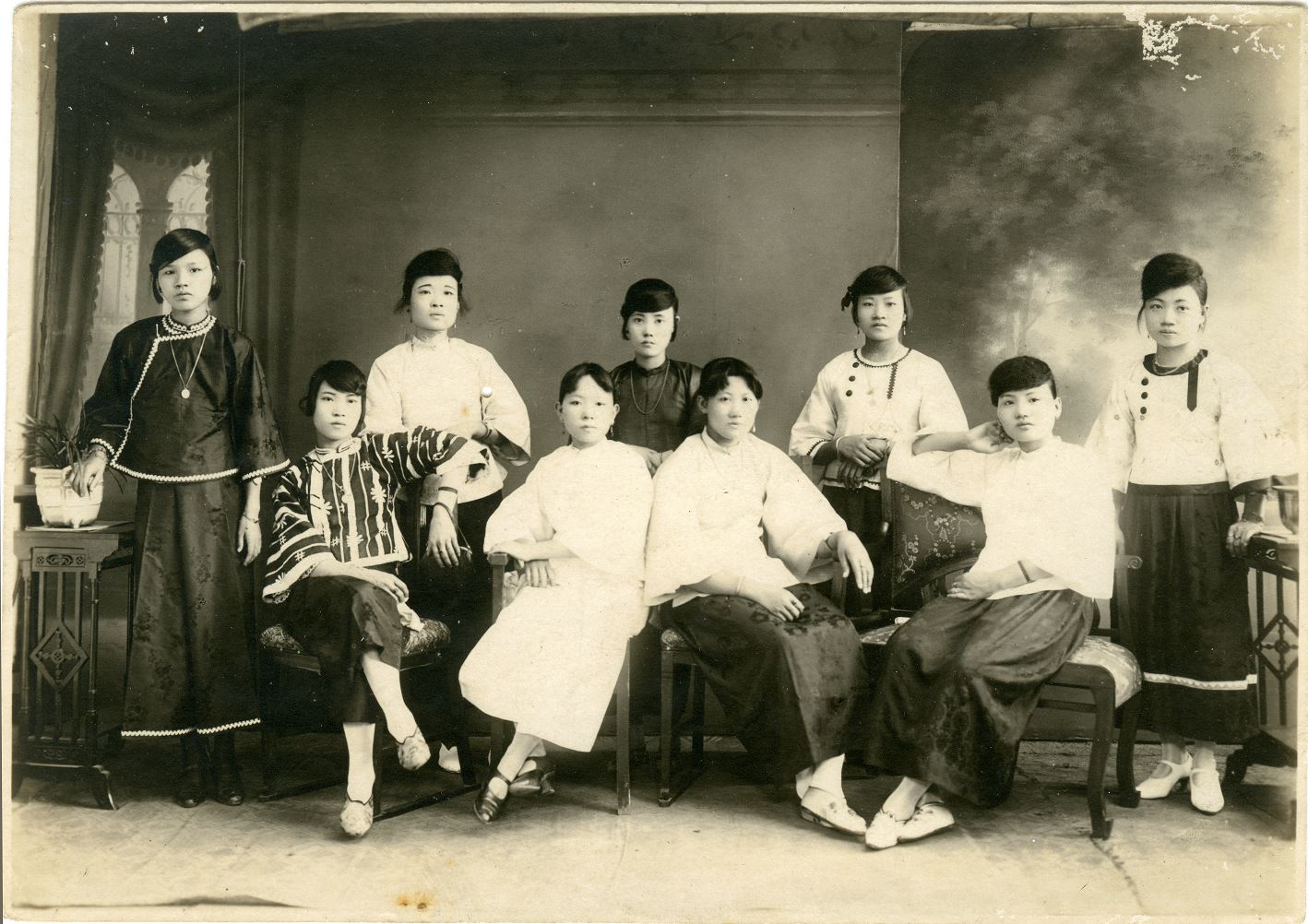
The Shimmer of Tranquillity
The Shimmer of Tranquillity
Photography emerged during the Japanese Colonial Period, which means its characters and techniques are inevitably embedded with politics and ideology. With the mentality of pilgrimage, Taiwanese youths of relatively affluent backgrounds would leave for Japan to pursue apprenticeships and to learn modern photography. As Taiwan society stabilized in the second half of the colonial period, the Taiwanese could better afford normal life, and the 1920s onwards was when local commercial portrait studios started to boom. Photography was popularized as a trend and a medium for the Taiwanese or Taiwan-based Japanese residents to document or commemorate events of individuals, family members, everyday life, and all sorts of activities. Each family established its own chronicle of portraits as a witness to family bond, and photography also became a ritual as part of family life that is cherished and preserved. This subtheme focuses on studio portraits of families or individuals that were taken during the rudimentary stage of Taiwan’s photography, alongside a few instances of outdoor photography. These shimmering and tranquil images and the yellowed historical memory present the very essence of the land of Taiwan and its life course. The works in the section not only travel through time and space but also illuminate traces left behind by our past as they naturally and gracefully nurture our present.
-
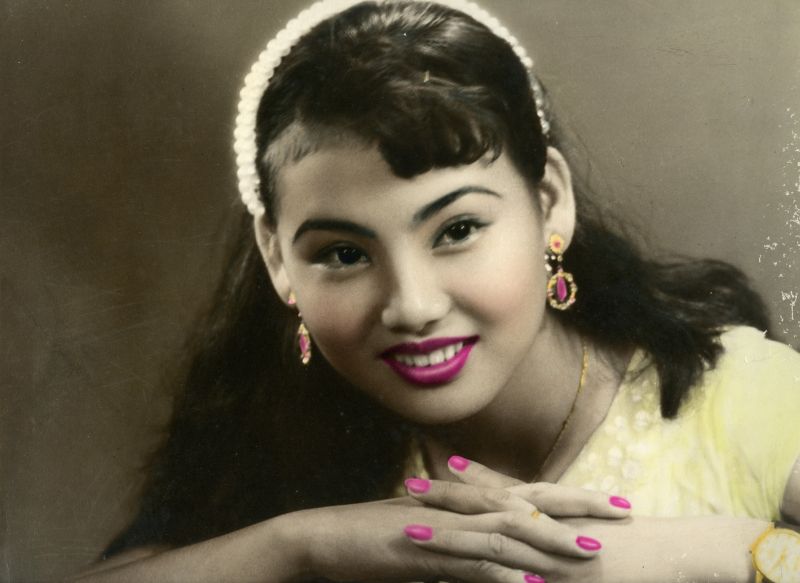
The Iteration of Gazing
The Iteration of Gazing
With Japan defeated, World War II concluded in 1945, and Taiwan was returned to be ruled by the Nationalist Government of the Republic of China. Before the Nationalist Government relocated to Taiwan in 1949, photography magazines and newspapers emerged among citizen-initiated photography-related activities, and relevant discussions reached beyond techniques and further encompassed research on the aesthetics of photography. As a result of the promotion by amateurs and professionals, photography transformed into a fashionable hobby. Meanwhile, individuals who learned photography in Japan during the colonial period returned to Taiwan, taking on apprentices or establishing photography studios, also contributing to the growing number of photography enthusiasts. These aficionados would gather and share their works, which led to the establishment of camera clubs and salons. Portable and lightweight 135 film cameras became common and led to the trend of photography as an elegant pastime, while the camera’s portability and convenience enabled photography to become an ideal tool for observing the pulsation of society and the formation of cultural trends. From the gaze of the other to looking back and inwards at our own land, the works not only encapsulated the epitome of the past epoch but also propelled photography’s transformation into an art form. And that is precisely where we now stand—gazing at the trajectory and memory of Taiwan’s society in dim but shimmering light, witnessing their evolution and the echoing images of their times.
-
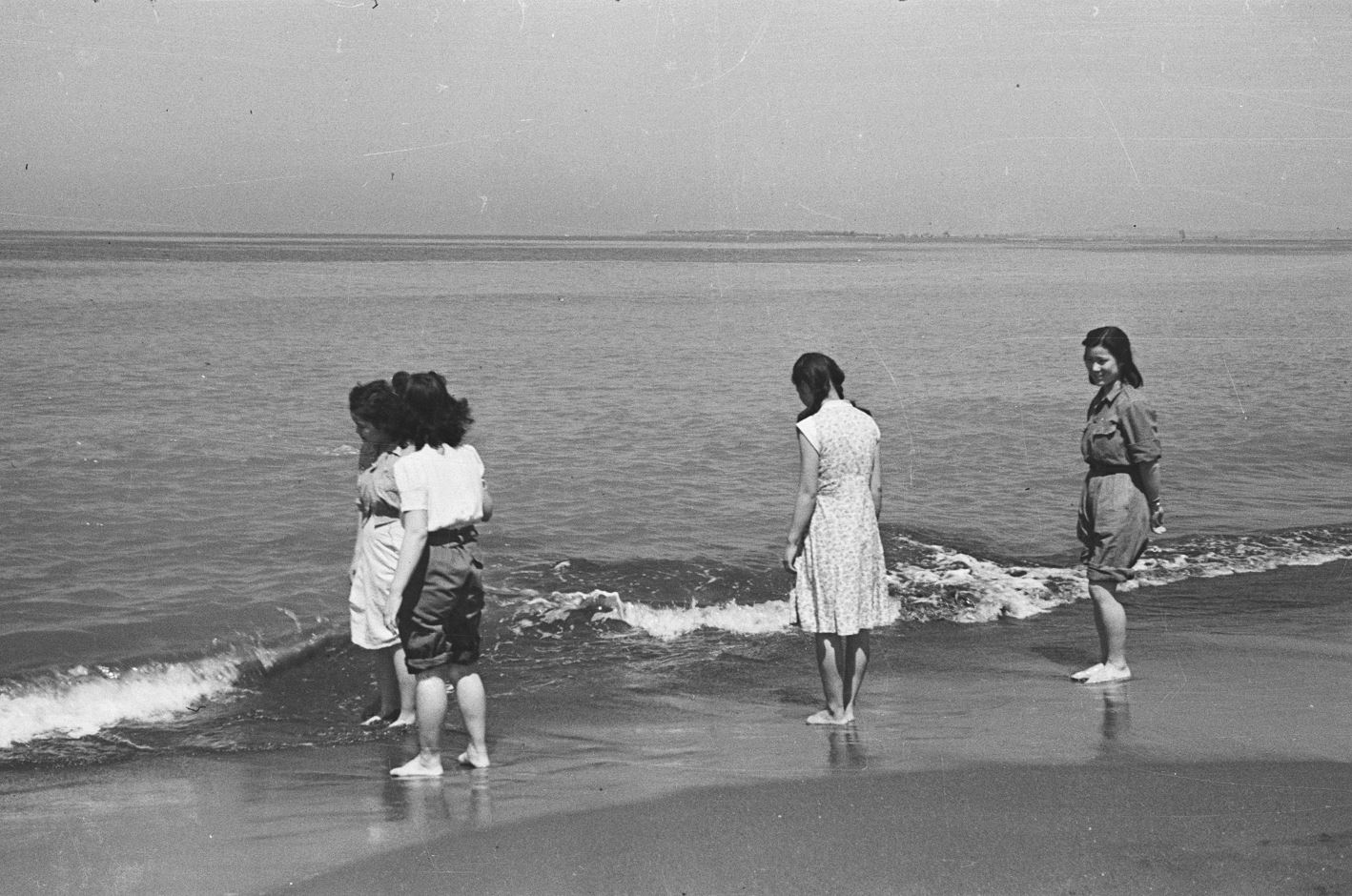
Between Light and Rhyme — Ruoxi Chen
Between Light and Rhyme — Ruoxi Chen
In retrospect, the emergence of photography has not only rewritten humans’ perspectives but also influenced literary writing. Photos can be more than just a window that reflects reality but, at the same time, a space that houses creativity and imagination. Books, a symbol of humans’ thoughts and civilization, started showcasing a new relationship between images and texts, while perspectives of cameras also appeared in works of literature. A Gentle Breeze invites five contemporary writers to step into the viewing of images and the practice of exhibition from the perspective of literature. As texts and images complement each other, the abstract understanding of reading metamorphosizes into sensuous intuition. This process turns both viewing and reading into a unique experience and demonstrates possibilities of dialogue between the history of photography and its connection to memory. Texts, photography, and writing spark the existential meaning of symbiosis, guiding the reading of images towards changing aesthetics. This exhibition section can thus be interpreted as a resonance between photography and literature, revealing the subtlety of human nature and the true meaning of life through the act of writing.Chen Ruo-Xi was originally called Chen Hsiu-Mei. In 1957, she enrolled in the Department of Foreign Languages of the National Taiwan University after graduating from the Taipei First High School for Girls. Chen Ruo-Xi established the Modern Literature Magazine with her classmates Pai Hisen-Yung, Ouyang Tzu, and Wang Wen-Hsing, among others. In 1966, Chen Ruo-Xi went to China with her husband, and in 1973 she and her family moved to Hong Kong. Chen Ruo-Xi began to write what she had experienced in China into short stories and got them printed in Ming Pao in Hong Kong. In 1974, she moved to Vancouver and completed her short story collectionThe Execution of Mayor Yin, which was published by Vista Read Publishing House in Taiwan. It was a huge event in Taiwan, which kicked off the category of “Scar Literature.” In addition toThe Execution of Mayor Yin, Chen Ruo-Xi has published more than forty books. Her works of fiction includeLilies of Wisdom,Breakthrough,Secrets of A Perfect Husband.Her collections of essays includeMy Hometown and Her Hometown, andNotes of Everyday Life. The awards Chen Ruo-Xi had won include the special prize for fiction of the United Daily News Literature Award, Wu San-Lien Cultural Award, Wu Zhuoliu Literature Award, and the 15th National Award for Arts (2011). Chen Ruo-Xi’s works have been translated into English, German, Japanese, French and Norwegian, among other languages.
-
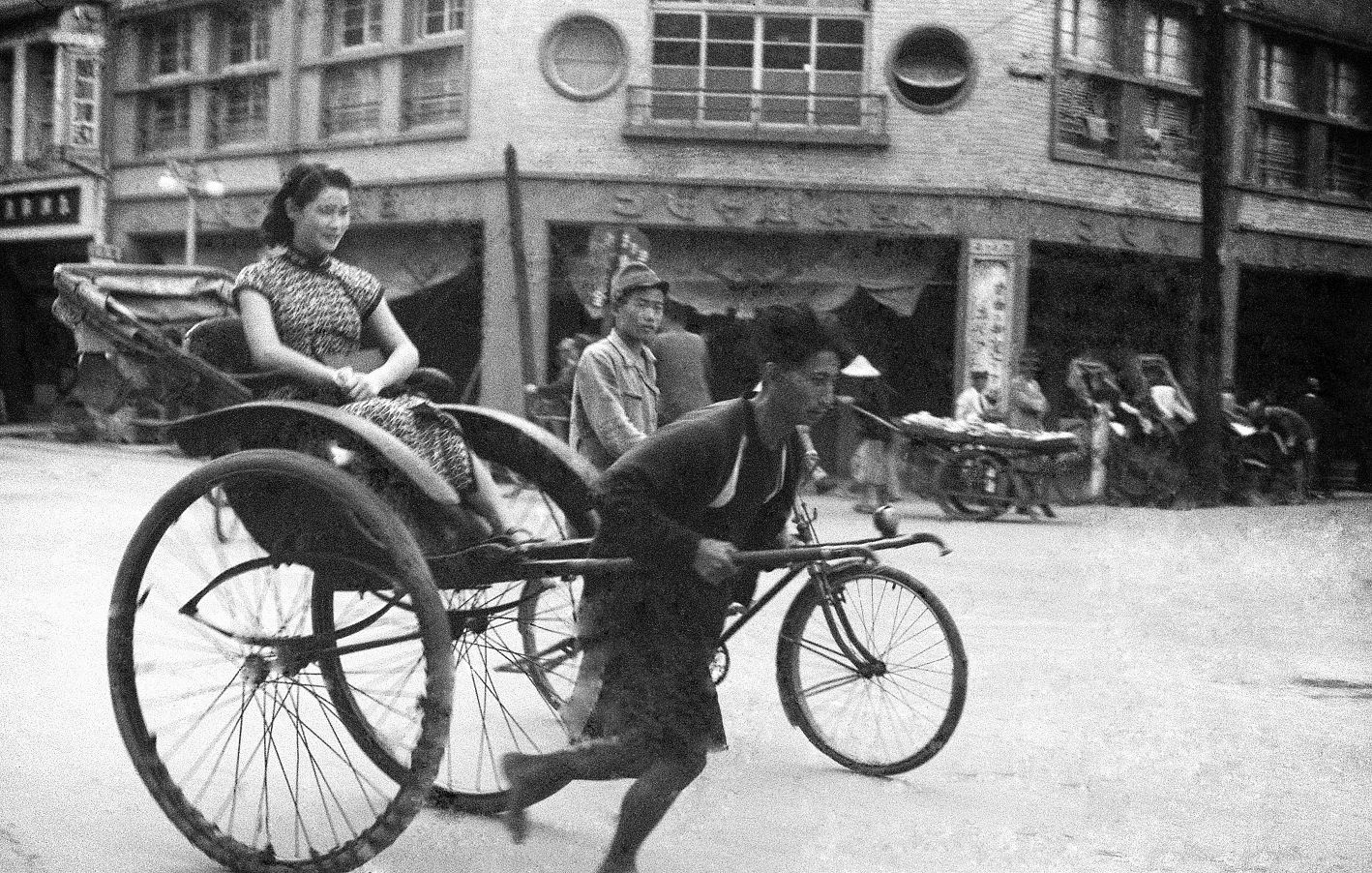
Between Light and Rhyme — Liu Wai Tong
Between Light and Rhyme — Liu Wai Tong
In retrospect, the emergence of photography has not only rewritten humans’ perspectives but also influenced literary writing. Photos can be more than just a window that reflects reality but, at the same time, a space that houses creativity and imagination. Books, a symbol of humans’ thoughts and civilization, started showcasing a new relationship between images and texts, while perspectives of cameras also appeared in works of literature. A Gentle Breeze invites five contemporary writers to step into the viewing of images and the practice of exhibition from the perspective of literature. As texts and images complement each other, the abstract understanding of reading metamorphosizes into sensuous intuition. This process turns both viewing and reading into a unique experience and demonstrates possibilities of dialogue between the history of photography and its connection to memory. Texts, photography, and writing spark the existential meaning of symbiosis, guiding the reading of images towards changing aesthetics. This exhibition section can thus be interpreted as a resonance between photography and literature, revealing the subtlety of human nature and the true meaning of life through the act of writing.Liu Wai Tong is a poet, critic, and photographer from Hong Kong. He is the recipient of the Youth Literary Awards (Hong Kong), Hong Kong Awards for Chinese Literature, the Literature Awards of China Times (Taiwan), United Daily News Prize (Taiwan), Hong Kong Biennale Awards for Literature, and the 2012 Writer of the Year by Hong Kong Arts Development Awards. Liu Wai Tong lives in Taiwan now. Liu Wai Tong has published more than ten books of poetry, includingEight Foot Snow Spell,Ghost Whispers,Cherry and King Kong, andA Light That Ever Shone Never Extinguished, among others. His collection of speeches isRoses Bloom Without Causes: 40 Narrow Paths toward Modern Poetry, and his collection of literary criticism is the serial workDystopia Guide. Liu Wai Tong’s collections of essays includeNight Walk in Brocade Robe,Looking for Tsangyang GyatsoandAffectionate Branches. His collection of fiction isWar Game in Eighteen Alleys, and his photography albums areLonely China,Paris Photos de Scène Sans Titre,Looking for Tsangyang Gyatso, andThe Darkening Planet, among others.
-
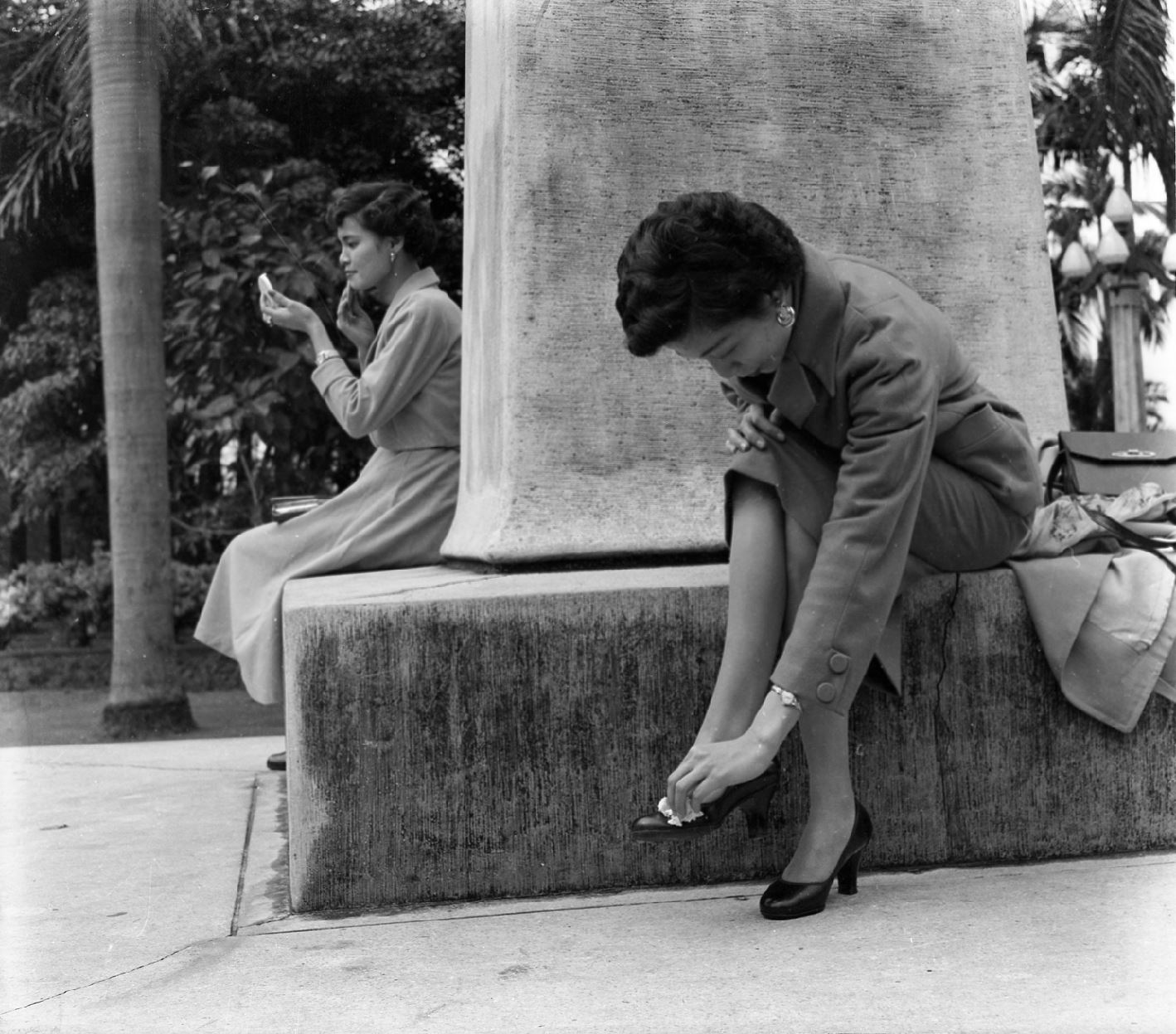
Between Light and Rhyme — Sol Yang
Between Light and Rhyme — Sol Yang
In retrospect, the emergence of photography has not only rewritten humans’ perspectives but also influenced literary writing. Photos can be more than just a window that reflects reality but, at the same time, a space that houses creativity and imagination. Books, a symbol of humans’ thoughts and civilization, started showcasing a new relationship between images and texts, while perspectives of cameras also appeared in works of literature. A Gentle Breeze invites five contemporary writers to step into the viewing of images and the practice of exhibition from the perspective of literature. As texts and images complement each other, the abstract understanding of reading metamorphosizes into sensuous intuition. This process turns both viewing and reading into a unique experience and demonstrates possibilities of dialogue between the history of photography and its connection to memory. Texts, photography, and writing spark the existential meaning of symbiosis, guiding the reading of images towards changing aesthetics. This exhibition section can thus be interpreted as a resonance between photography and literature, revealing the subtlety of human nature and the true meaning of life through the act of writing.Sol Yang was born in Wanhua and raised in Yonghe. She is the second generation of migrants from rural areas to cities. Sol Yang has strong affection for her parents’ hometown Yunlin, referring to herself as a Yunlin person in Taipei. Sol Yang was a reporter for China Times and investigated issues at the bottom of Taiwanese society. Later she published two books of essays,The Happiness of EvilandMy Gambler Dad. Sol Yang’s maxim is Anton Chekhov’s quote, “A writer has the right and responsibility to enrich his work with what life provides him. Without the intertwinement of reality and fictionality, literature becomes sterile and dies.”
-
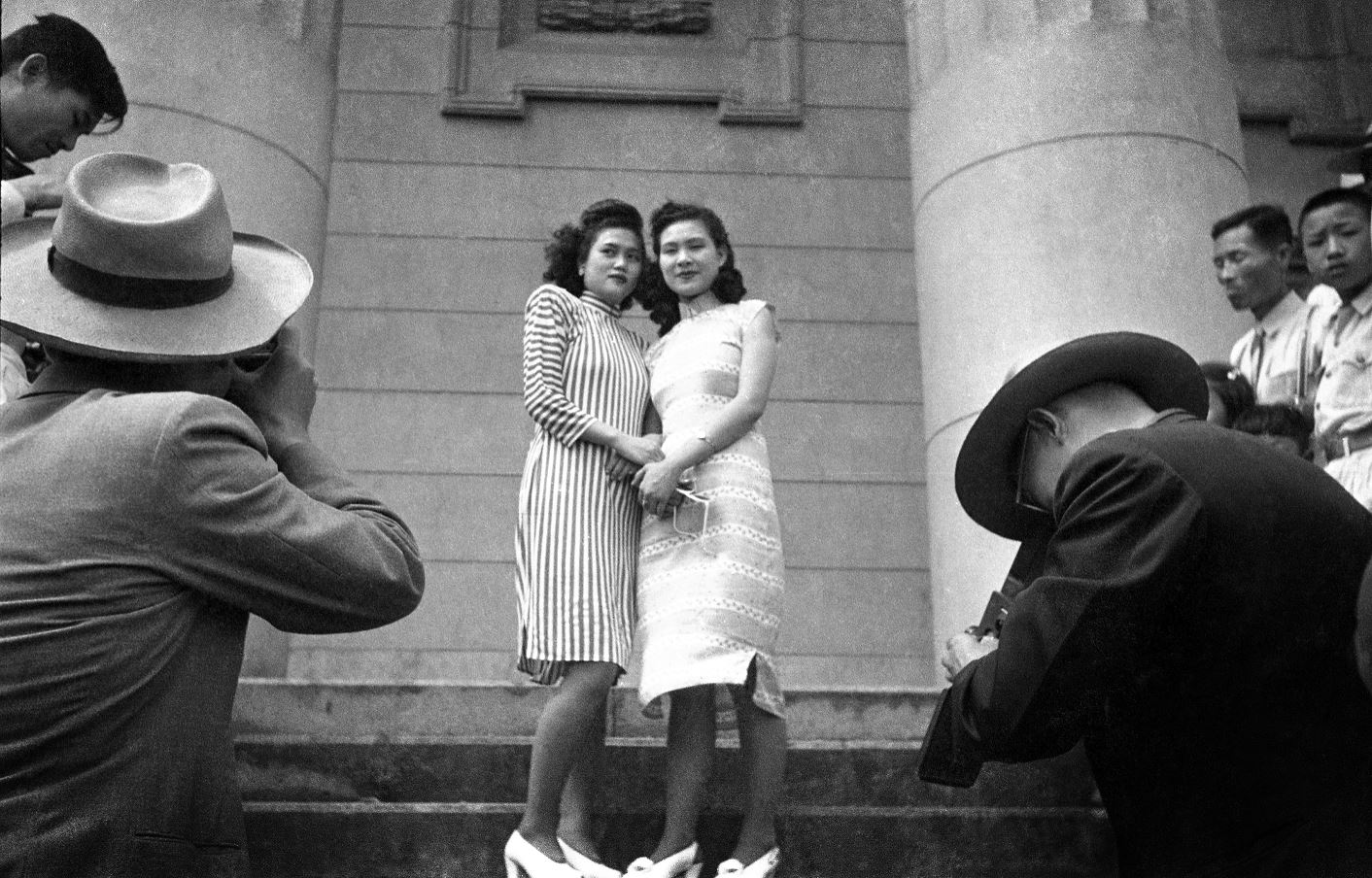
Between Light and Rhyme — Chang Tzu-Hui
Between Light and Rhyme — Chang Tzu-Hui
In retrospect, the emergence of photography has not only rewritten humans’ perspectives but also influenced literary writing. Photos can be more than just a window that reflects reality but, at the same time, a space that houses creativity and imagination. Books, a symbol of humans’ thoughts and civilization, started showcasing a new relationship between images and texts, while perspectives of cameras also appeared in works of literature. A Gentle Breeze invites five contemporary writers to step into the viewing of images and the practice of exhibition from the perspective of literature. As texts and images complement each other, the abstract understanding of reading metamorphosizes into sensuous intuition. This process turns both viewing and reading into a unique experience and demonstrates possibilities of dialogue between the history of photography and its connection to memory. Texts, photography, and writing spark the existential meaning of symbiosis, guiding the reading of images towards changing aesthetics. This exhibition section can thus be interpreted as a resonance between photography and literature, revealing the subtlety of human nature and the true meaning of life through the act of writing.Chang Tzu-Hui’s ancestors were from Hui County of the Gansu Province, and she was born in Lucuo Village, Jinsha Township, Kinmen. Chang Tzu-Hui moved to Taipei in 2002. She worked as a reporter for the Environmental Information Center, and chief editor of CONDE Magazine. Currently she is the editor-in-chief of the Kinmen Literature. She is also an independent writer. Chang Tzu-Hui won the second prize of the Wu Island Literature Award, and her essay was the honorary mention. Her short stories had been included in theTaipei Chinese PEN QuarterlyandAnthology of Contemporary Kinman Writers. She published her novelI Hide My Sorrow in Laughterin 2009. Her collection of short storiesAfter the Landmine Explodedin 2016 were awarded grants from the National Culture and Arts Foundation.
-
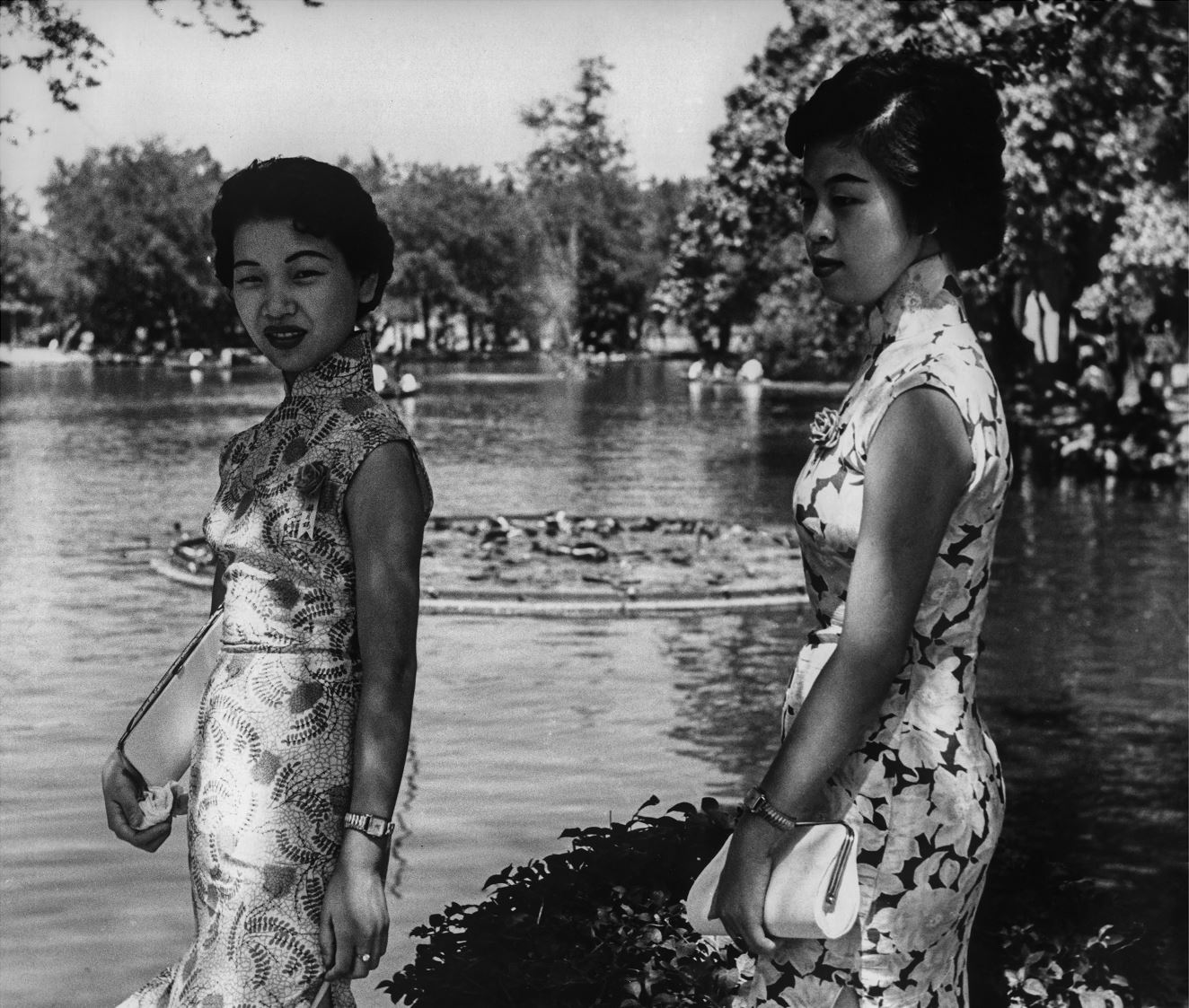
Between Light and Rhyme — Chung Wen-Yin
Between Light and Rhyme — Chung Wen-Yin
In retrospect, the emergence of photography has not only rewritten humans’ perspectives but also influenced literary writing. Photos can be more than just a window that reflects reality but, at the same time, a space that houses creativity and imagination. Books, a symbol of humans’ thoughts and civilization, started showcasing a new relationship between images and texts, while perspectives of cameras also appeared in works of literature. A Gentle Breeze invites five contemporary writers to step into the viewing of images and the practice of exhibition from the perspective of literature. As texts and images complement each other, the abstract understanding of reading metamorphosizes into sensuous intuition. This process turns both viewing and reading into a unique experience and demonstrates possibilities of dialogue between the history of photography and its connection to memory. Texts, photography, and writing spark the existential meaning of symbiosis, guiding the reading of images towards changing aesthetics. This exhibition section can thus be interpreted as a resonance between photography and literature, revealing the subtlety of human nature and the true meaning of life through the act of writing.Chung Wen-Yin holds a bachelor’s degree of Mass Communication from Tamkang University. She is a full-time writer, and she takes photographs and draws oil paintings as her self-cultivation of virtues. Chung Wen-Yin travels all over the world and has been the writer-in-residence in the National Tung-Hwa University, Iowa Writers’ Workshop, Santa Fe Art Institute, Literarisches Colloquium Berlin, and Hong Kong. She broadens and deepens her perspective through her travels.Chung Wen-Yin has published many works, including collections of short stories, novels, and collections of essays. In 2011 she published her voluminousIsland Trilogy of Decayed Lust,Decayed Land, andDecayed Life, a very notable accomplishment. Her recent works include a collection of essaysCan’t Bear Not Seeing You,Missing You till the Sea Ends, and collection of short stories Gouges. Her Farewell Notin 2021 was the winner of the Golden Medal of the Taiwan Literature Award.
-

The Patrol of the Modernity
The Patrol of the Modernity
With the emergence of the New Women, who waived the convention of foot binding and received modern education introduced from Japan, they experienced the liberation of thoughts and adopted new, westernized aesthetics. With changes in the female role and the awakening of self-awareness, women gained the courage to step out of their houses and put on a new style of clothing that reflected their education and aesthetic value. The trendy qipao, which was tailored to accentuate female elegance and physique, showcased a simple, natural, and refreshing style, and became a classic attire that integrates the styles of the East and the West. Fashion became a way of showcasing self-awareness inspired by Western education, and clothing liberated women’s individuality. This mingling of the East and the West empowered and enlightened the women of this era, allowing Taiwanese women to break through their conventional image and present a new look different from both the Taiwanese and Japanese tradition. Women who were influenced by the new fashion of the Modern Era, wearing Western-style clothes and neat short hair, demonstrated a beautiful self that was both active and positive on the runway of history and became a representing image of modernization. Focusing on outdoor realistic photography and street photography, “The Patrol of the Modernity” sets its scope on the female image of the new era in the context of social change.